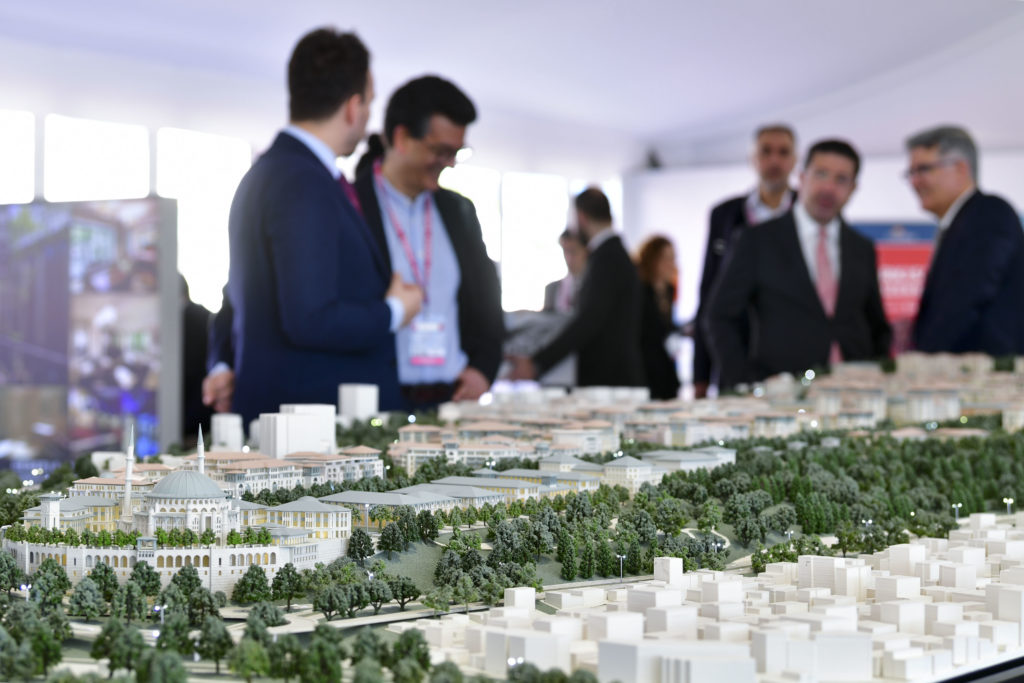The majority of respondents — 95% — to an office-occupier survey said the physical comfort and enjoyment of their workplace was a factor in their choice of employer. In a poll of office workers and tenants in the UK and Ireland conducted by proptech company Equiem, 94% also said that office owners and managers needed to do more to make their buildings comfortable and conducive to wellbeing.
It seems that the flexibility factor dominates global office space trends. A tipping point in the need for flexible office space has been passed as businesses — driven by the need to reduce real estate costs and attract and retain employee talent — turn to a mix of solutions, according to Mark Dixon, chief executive of IWG (top photo).
The head of the global workspace provider said three key factors are influencing the future direction of the market. “First you have new accounting rules from this January that mean that office space has to go down as debt on the balance sheet,” he said. “Secondly people are demanding flexible options to the way they work and this is consistently coming up as one of the most important factors in recruiting talented people. And thirdly, if business life gets better then employees are happier and more productive.”
As a result of soaring demand for distributed, serviced workspaces, Dixon said that IWG had increasingly segmented its offer to provide users with a range of budget and style choices, depending on the business.
Dixon described the trend as “universal”, although it has gained particular traction in continental Europe, especially those markets with high employment and strong regard for worker welfare. IWG’s largest single market, the US, has also been growing rapidly.
“I think the Americans are very fast adopters if they like the look of something,” he said. “If it works for the business and it works for the employees, then they are much more likely to implement it quickly.”

MIPIM 2019 – Exhibition Area
Co-working is now part of the landscape. It’s the office environment of the future and it’s here now. That’s the message from Enrico Sanna CEO of co-working space specialist Fora. “Even when I was at MIPIM last year people were not sure about co-working, sharing and optimising office space. But it’s now part of the landscape,” he said.
Sanna said the co-working concept has matured. “We’re no longer treated as a fad or a kind of naughty kid. We’re seen as a realistic and beneficial way of optimising office space.”
He added: “Landlords ask themselves whether they can do it themselves, or should they consult a professional? Increasingly they’re going to the professional, and that’s us.”
Sanna said co-working is taking between 20% and 30% of mature markets like London. These percentages are almost certain to grow in the future. “Landlords, developers and occupiers realise that co-working saves them money. It also gives them flexibility. The office world is seeing it as a natural progression to their needs.”
TOP PHOTO: Mark Dixon, chief executive of IWG
This is the third in a six-part series of post wrapping up MIPIM 2019’s key trends. Watch out for the next one next week!



